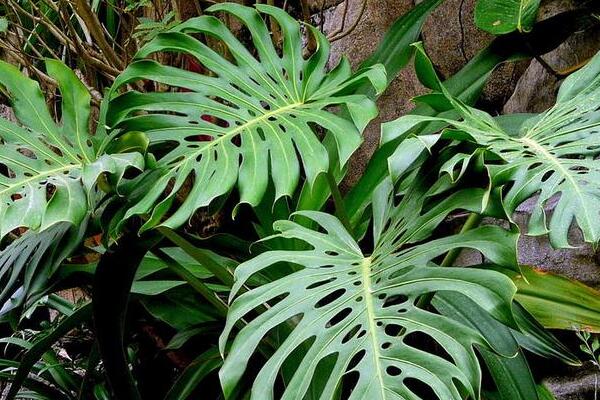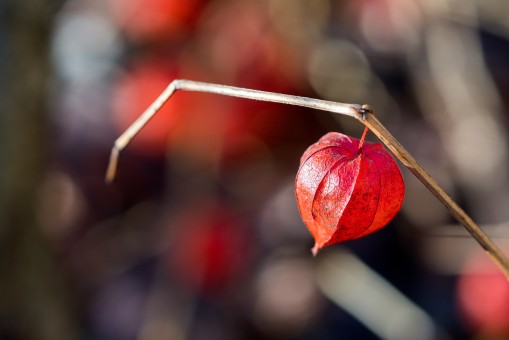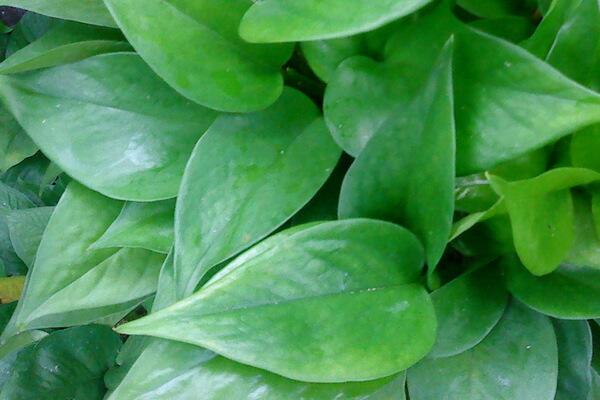Is the "natural sweeper" tortoise carrying bamboo poisonous? Can I keep it indoors? Can I get hydroponic culture? How do you raise it? If you don't open your back, how can you?
Tortoise back bamboo, also known as Penglai banana, iron magnolia, and perforated forest taro, is a common evergreen shrub of the genus Phyllostachys pubescens in the Araceae family. It is called a "natural scavenger" because it absorbs formaldehyde, benzene and other harmful gases. At present, many people like to keep it indoors. Is the tortoise back bamboo poisonous? Can I get hydroponic culture? How do you raise it? What if I don't open my back?

Is it poisonous?
It is certain that the tortoise-backed bamboo is poisonous. The poisonous part of the tortoise back bamboo is mainly juice, which is irritating and corrosive. If it comes into direct contact with the skin, it will cause tingling and burns, and if it is eaten carelessly, it will burn the throat.
Can I keep it indoors?
Tortoise back bamboo can be cultivated indoors, and it is a good indoor foliage plant.
First of all, although tortoise back bamboo is poisonous, its toxicity is relatively mild and not fatal. Secondly, the tortoise back bamboo is mainly poisoned by skin contact and consumption, and will not emit some harmful gases, so as long as the juice of the tortoise back bamboo is not exposed to the skin or eaten directly, it will not do much harm.
Breeding tortoise-backed bamboo at home can not only play the role of indoor leaf observation, but also remove some harmful substances in the air. Tortoise back bamboo can remove a lot of harmful gases in the air, you can rest assured that when you breed indoors, it is best to put it in a place with a larger indoor space, such as a living room, a study, or a bedroom with a larger space.
Can I get hydroponic culture?
Tortoise back bamboo can be cultivated not only in soil, but also in hydroponics, and it will grow well in hydroponic environment as long as it is properly maintained. In addition to the root system can absorb oxygen in the water, because its stems and leaves are also covered with aerial roots, so it can also absorb oxygen from the air.
Hydroponic culture method:
1. Material selection. Hydroponic cultivation of tortoise back bamboo needs to choose small soil culture plants, because small tortoise back bamboo is cultivated in water and is easier to survive.
2. Draw materials. Remove the turtle back bamboo from the soil, wash the roots and try not to hurt the roots.
3. Soak the solution. The roots of Phyllostachys pubescens need to be soaked in dilute potassium permanganate solution for about 10 minutes.
4. Apply thin fertilizer frequently. Tortoise back bamboo is a more fertilizer-tolerant foliage plant, in order to make more new leaves, green leaves with natural luster, fertilizer is applied once a month during the growing period, be careful not to let the fertilizer liquid stain the leaves.
5. Change the water and clean the container regularly. Change the water once a week, less bacteria in the water and roots compete for dissolved oxygen, and increase the dissolved oxygen in the water as much as possible.
The principle of open-back:
As far as the young plant of Phyllostachys pubescens is concerned, the basal rhizome is relatively small, so its growth ability is also relatively weak. At the initial stage of the young plant, the leaf is in the shape of a whole leaf, and with its continuous growth, the number and volume of leaves will continue to increase. Under the suitable conditions of light and temperature, water and fertilizer, the carved state is gradually formed.
Under normal circumstances, obvious holes will appear in the leaves of tortoise back bamboo after growing for half a year to one year. Moreover, in addition to the young trees, even the old perennial trees have obvious holes in the heart-germinating leaves after pruning.
The reasons for not opening your back and the solutions:
1. Light and temperature management
When the light is insufficient or too strong for a long time, it will cause the phenomenon of poor growth of tortoise back bamboo and inhibit its normal opening process, especially in the midsummer season with high temperature. At this time, the tortoise back bamboo should avoid contact with the sun, put it in a cool and ventilated environment for maintenance and management, and let it receive light properly when the light becomes relatively soft and the temperature is suitable.
2. Scientific watering
In the period of vigorous growth, the demand for water will increase. In addition to spraying water and other measures to keep the basin soil slightly moist, we should also often spray leaf water and surface water to improve the humidity of the surrounding environment and reduce the temperature. this is not only more conducive to plant growth, but also makes the leaves of tortoise bamboo more bright.
3. Proper topdressing
Summer and autumn is the peak growth season of Phyllostachys pubescens. According to the growth status of Phyllostachys pubescens, we can topdressing every 1-2 weeks, and nitrogen fertilizer is recommended. When fertilizing, combined with watering, dig up the pot soil at the edge of the flowerpot, bury the fertilizer, and then cover it with soil. Sunshade can greatly shorten the time for it to flourish.
4. Change the basin and split the plant
If the tortoise-backed bamboo was originally open-backed, but the newly grown leaves suddenly stopped. This reminds you that it's time to change the bamboo pot for the tortoise.
Time: 2019-04-08 Click:
- Prev

Is it feasible for perennial herbs to be planted in rural areas? What are the values? When will it be ready? When?
Lantern grass, also known as sour pulp, ghost lantern, bitter lantern, is a common perennial herb in most parts of our country. It is widely cultivated because of its high medicinal value. Is it feasible to plant lantern grass in rural areas? What are the values? When will it be ready? When will it be harvested
- Next

How much is the market price of "Flower of Life" green apple? How often do hydroponics change water? What if the leaves are gone?
Green pineapple, also known as devil vine, golden kudzu, golden vine and mulberry leaf, is a common evergreen plant in the tropics of China. It is called the flower of life because of its ability to purify the air.
Related
- Fuxing push coffee new agricultural production and marketing class: lack of small-scale processing plants
- Jujube rice field leisure farm deep ploughing Yilan for five years to create a space for organic food and play
- Nongyu Farm-A trial of organic papaya for brave women with advanced technology
- Four points for attention in the prevention and control of diseases and insect pests of edible fungi
- How to add nutrient solution to Edible Fungi
- Is there any good way to control edible fungus mites?
- Open Inoculation Technology of Edible Fungi
- Is there any clever way to use fertilizer for edible fungus in winter?
- What agents are used to kill the pathogens of edible fungi in the mushroom shed?
- Rapid drying of Edible Fungi

